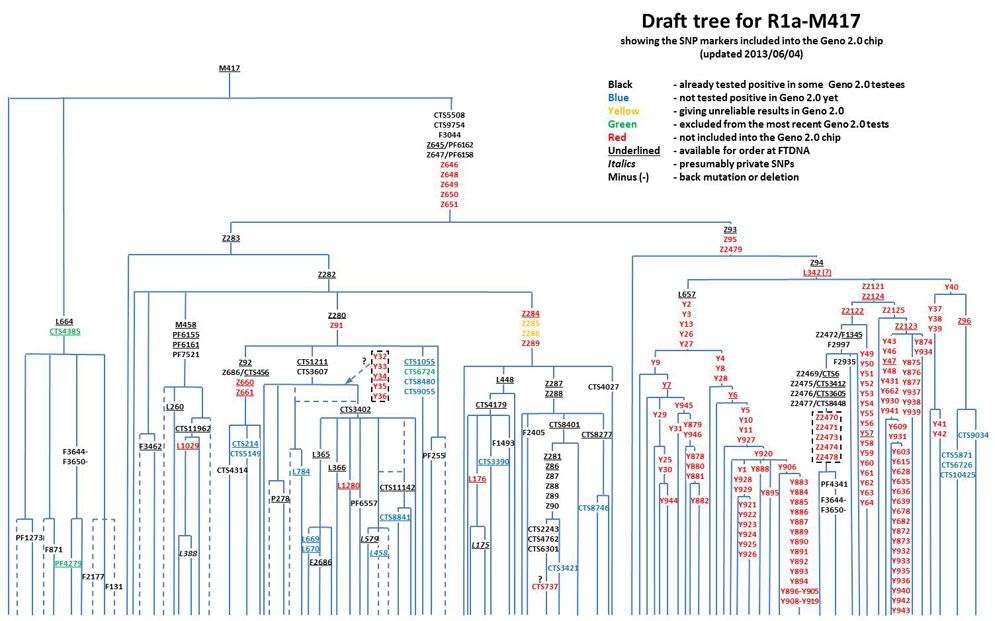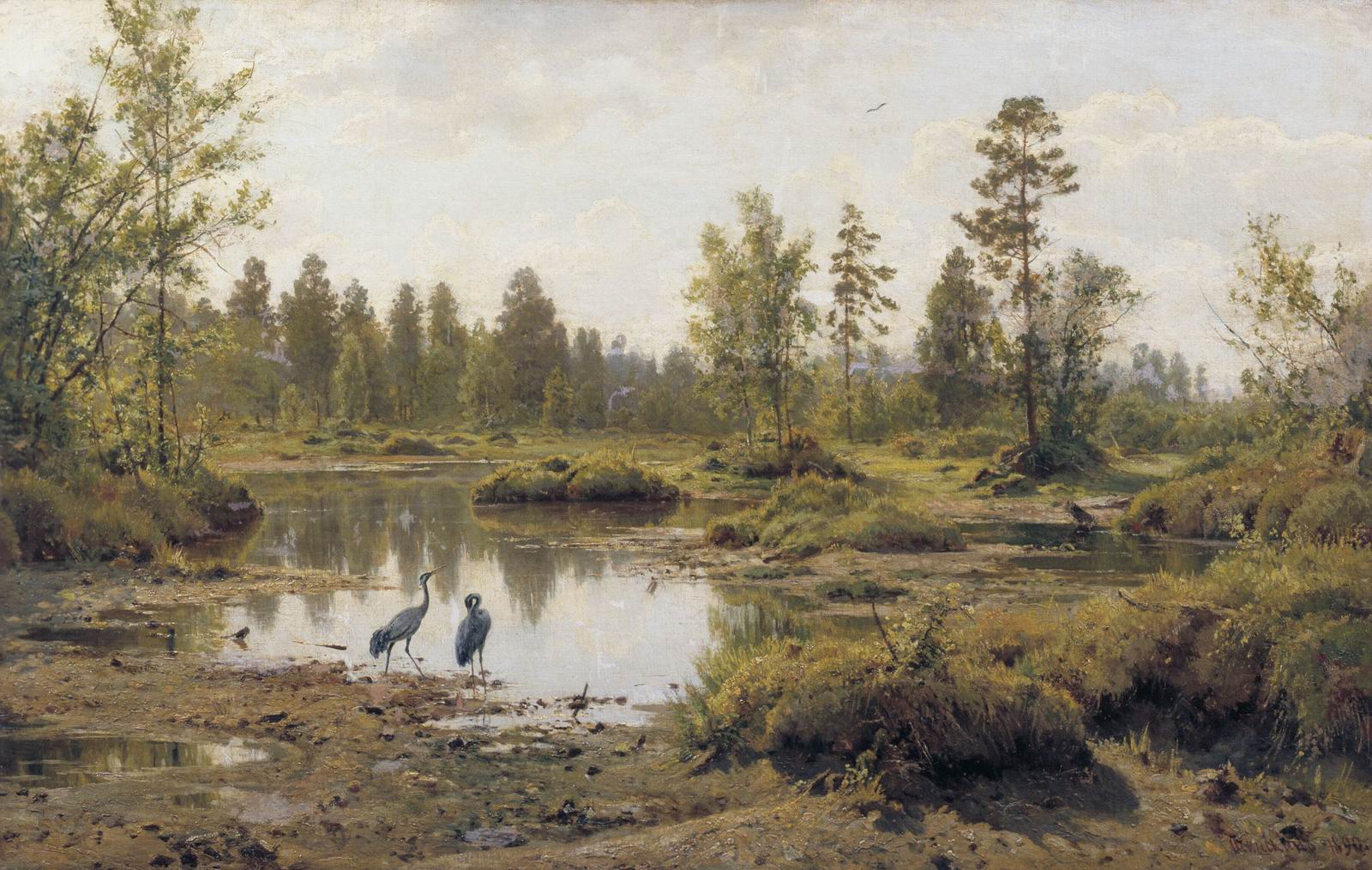Before we enter on our history, we must describe the boundaries of this land, as it lies.
V (30) Now Scythia borders on the land of Germany as far as the source of the river Ister and the expanse of the Morsian Swamp. It reaches even to the rivers Tyra, Danaster and Vagosola, and the great Danaper, extending to the Taurus range--not the mountains in Asia but our own, that is, the Scythian Taurus--all the way to Lake Maeotis. Beyond Lake Maeotis it spreads on the other side of the straits of Bosphorus to the Caucasus Mountains and the river Araxes. Then it bends back to the left behind the Caspian Sea, which comes from the north-eastern ocean in the most distant parts of Asia, and so is formed like a mushroom, at first narrow and then broad and round in shape. It extends as far as the Huns, Albani and Seres. (31) This land, I say,--namely, Scythia, stretching far and spreading wide,--has on the east the Seres, a race that dwelt at the very beginning of their history on the shore of the Caspian Sea. On the west are the Germans and the river Vistula; on the arctic side, namely the north, it is surrounded by Ocean; on the south by Persis, Albania, Hiberia, Pontus and the farthest channel of the Ister, which is called the Danube all the way from mouth to source. (32) But in that region where Scythia touches the Pontic coast it is dotted with towns of no mean fame:--Borysthenis, Olbia, Callipolis, Cherson, Theodosia, Careon, Myrmicion and Trapezus. These towns the wild Scythian tribes allowed the Greeks to build to afford them means of trade. In the midst of Scythia is the place that separates Asia and Europe, I mean the Rhipaeian mountains, from which the mighty Tanais flows. This river enters Maeotis, a marsh having a circuit of one hundred and forty-four miles and never subsiding to a depth of less than eight fathoms.
(33) In the land of Scythia to the westward dwells, first of all, the race of the Gepidae, surrounded by great and famous rivers. For the Tisia flows through it on the north and northwest, and on the southwest is the great Danube. On the east it is cut by the Flutausis, a swiftly eddying stream that sweeps whirling into the Ister's waters. (34) Within these rivers lies Dacia, encircled by the lofty Alps as by a crown. Near their left ridge, which inclines toward the north, and beginning at the source of the Vistula, the populous race of the Venethi dwell, occupying a great expanse of land. Though their names are now dispersed amid various clans and places, yet they are chiefly called Sclaveni and Antes. (35) The abode of the Sclaveni extends from the city of Noviodunum and the lake called Mursianus to the Danaster, and northward as far as the Vistula. They have swamps and forests for their cities. The Antes, who are the bravest of these peoples dwelling in the curve of the sea of Pontus, spread from the Danaster to the Danaper, rivers that are many days' journey apart. (36) But on the shore of Ocean, where the floods of the river Vistula empty from three mouths, the Vidivarii dwell, a people gathered out of various tribes. Beyond them the Aesti, a subject race, likewise hold the shore of Ocean. To the south dwell the Acatziri, a very brave tribe ignorant of agriculture, who subsist on their flocks and by hunting. (37) Farther away and above the Sea of Pontus are the abodes of the Bulgares, well known from the wrongs done to them by reason of our oppression. From this region the Huns, like a fruitful root of bravest races, sprouted into two hordes of people. Some of these are called Altziagiri, others Sabiri; and they have different dwelling places. The Altziagiri are near Cherson, where the avaricious traders bring in the goods of Asia. In summer they range the plains, their broad domains, wherever the pasturage for their cattle invites them, and betake themselves in winter beyond the Sea of Pontus. Now the Hunuguri are known to us from the fact that they trade in marten skins. But they have been cowed by their bolder neighbors.
(38) We read that on their first migration the Goths dwelt in the land of Scythia near Lake Maeotis. On the second migration they went to Moesia, Thrace and Dacia, and after their third they dwelt again in Scythia, above the Sea of Pontus. Nor do we find anywhere in their written records legends which tell of their subjection to slavery in Britain or in some other island, or of their redemption by a certain man at the cost of a single horse. Of course if anyone in our city says that the Goths had an origin different from that I have related, let him object. For myself, I prefer to believe what I have read, rather than put trust in old wives' tales.
(...)
XLVIII (246) Since I have followed the stories of my ancestors and retold to the best of my ability the tale of the period when both tribes, Ostrogoths and Visigoths, were united, and then clearly treated of the Visigoths apart from the Ostrogoths, I must now return to those ancient Scythian abodes and set forth in like manner the ancestry and deeds of the Ostrogoths. It appears that at the death of their king, Hermanaric, they were made a separate people by the departure of the Visigoths, and remained in their country subject to the sway of the Huns; yet Vinitharius of the Amali retained the insignia of his rule. (247) He rivalled the valor of his grandfather Vultuulf, although he had not the good fortune of Hermanaric. But disliking to remain under the rule of the Huns, he withdrew a little from them and strove to show his courage by moving his forces against the country of the Antes. When he attacked them, he was beaten in the first encounter. Thereafter he did valiantly and, as a terrible example, crucified their king, named Boz, together with his sons and seventy nobles, and left their bodies hanging there to double the fear of those who had surrendered. (248) When he had ruled with such license for barely a year, Balamber, king of the Huns, would no longer endure it, but sent for Gesimund, son of Hunimund the Great. Now Gesimund, together with a great part of the Goths, remained under the rule of the Huns, being mindful of his oath of fidelity. Balamber renewed his alliance with him and led his army up against Vinitharius. After a long contest, Vinitharius prevailed in the first and in the second conflict, nor can any say how great a slaughter he made of the army of the Huns. (249) But in the third battle, when they met each other unexpectedly at the river named Erac, Balamber shot an arrow and wounded Vinitharius in the head, so that he died. Then Balamber took to himself in marriage Vadamerca, the grand-daughter of Vinitharius, and finally ruled all the people of the Goths as his peaceful subjects, but in such a way that one ruler of their own number always held the power over the Gothic race, though subject to the Huns.
(250) And later, after the death of Vinitharius, Hunimund ruled them, the son of Hermanaric, a mighty king of yore; a man fierce in war and of famous personal beauty, who afterwards fought successfully against the race of the Suavi. And when he died, his son Thorismud succeeded him, in the very bloom of youth. In the second year of his rule he moved an army against the Gepidae and won a great victory over them, but is said to have been killed by falling from his horse. (251) When he was dead, the Ostrogoths mourned for him so deeply that for forty years no other king succeeded in his place, and during all this time they had ever on their lips the tale of his memory. Now as time went on, Valamir grew to man's estate. He was the son of Thorismud's cousin Vandalarius. For his son Beremud, as we have said before, at last grew to despise the race of the Ostrogoths because of the overlordship of the Huns, and so had followed the tribe of the Visigoths to the western country, and it was from him Veteric was descended. Veteric also had a son Eutharic, who married Amalasuentha, the daughter of Theodoric, thus uniting again the stock of the Amali which had divided long ago. Eutharic begat Athalaric and Mathesuentha. But since Athalaric died in the years of his boyhood, Mathesuentha was taken to Constantinople by her second husband, namely Germanus, a cousin of the Emperor Justinian, and bore a posthumous son, whom she named Germanus.






